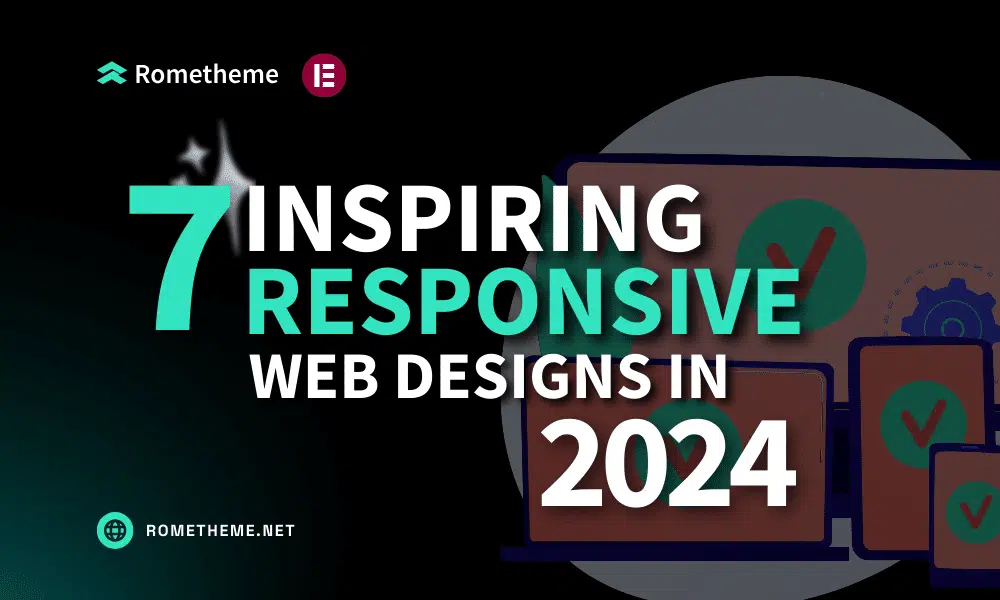

Ever wondered why some websites look amazing on any device? The secret is responsive web design, a strategy that ensures your website adapts easily to a variety of screens. Responsive web design refers to the approach of making web pages display well across a variety of devices and screen sizes. As more and more people access websites via mobile phones and tablets, responsive web design has become an important part of web development.
With responsive website design, you can serve an increasing number of mobile users while providing a consistent and user-friendly experience. Responsive design also improves SEO rankings, as search engines prioritize mobile-friendly websites in search results. Additionally, mobile-responsive design can increase conversion rates, as users are more likely to engage and make purchases on websites that are easy to navigate on mobile devices.
Responsive design is more than just a technical requirement; this is the key to unlocking a website’s full potential. This ensures content can be viewed easily on any device, from desktops to smartphones. Here are some potential benefits that responsive design can bring to your site:
In this article, we show you several website design styles that you can use to make your website design more responsive in 2024.
Media queries are an important tool in responsive design, allowing you to apply different styles based on device characteristics. By setting specific breakpoints, you can redefine the layout and style of your website for various screen sizes, ensuring that your design remains visually appealing and functional across the spectrum.
In fluid design, web designers use a percentage-based grid system to create page layouts, so that web pages can be automatically resized to fit the size of the user’s screen or device. Additionally, flexible images and typography adjust automatically based on the size of the viewport thanks to the use of CSS properties. This approach ensures that the website layout is flexible and adapts to the screen being viewed. Thus, the website can provide an optimal user experience on various devices.
Using an adaptive layout is also another method used in responsive web design. Unlike fluid grids, adaptive layouts use some fixed layout sizes. In adaptive layout, a website uses media queries to detect the device type and provides a predefined layout for that device. This can include scaling images and adjusting typography to fit the layout. With an adaptive layout, designers can adapt the user interface to specific device sizes, providing a more tailored user experience.
A mobile-first approach involves designing your website primarily for mobile devices and then gradually improving it for larger screens. This strategy recognizes the increasing dominance of mobile users and prioritizes their experience. By starting with the smallest screen size, you ensure your design remains sleek and focused, with only the essential elements. This approach naturally encourages simplicity and efficiency in design.
By November 2023, more than 55% of website traffic will come from mobile devices. Recognizing the importance of mobile usage among users, Google prioritizes mobile versions of website content for indexing and ranking, a method known as mobile-first indexing.
To ensure a mobile-friendly site and the best user experience across devices, Google recommends responsive web design as it is the simplest design pattern to implement and maintain. By initially designing for mobile devices and then gradually improving the experience for tablets or desktops, designers can ensure their websites reach the widest possible audience.
Large, unoptimized images can lead to slow loading times, frustrated users, and, ultimately, lost conversions. This is where optimizing images for different devices becomes a delicate process between maintaining visual quality and ensuring a smooth user experience.
Here’s what you need to do:
By balancing quality and speed, you can create engaging, responsive visual experiences that keep users engaged and coming back for more.
Unlike fixed units such as pixels, relative typography ensures text scales proportionally to screen size, maintaining readability and aesthetics.
Why this is useful:
When it comes to responsive web design, simplicity reigns supreme. Keeping it simple and clean isn’t just a matter of aesthetics; it’s about creating a user experience that is intuitive, efficient, and ultimately enjoyable.
This is what you have to do:
Keeping your responsive design up to date is essential to accommodate new devices and technologies. As technology develops, new screen sizes, resolutions, and capabilities emerge. Regular updates ensure your designs remain compatible and work across devices.
Why this is useful:
Mastering responsive web design isn’t just about adapting layouts to different screen sizes; it’s a holistic approach to creating a seamless, user-centric experience across a broad landscape of devices and user preferences.
If you are looking for a responsive website, try exploring our themes and find what you are looking for.
Source:
Visit our website to browse our stuff and follow our Instagram for great content!
Website: www.rometheme.net
Instagram: rometheme_studio




